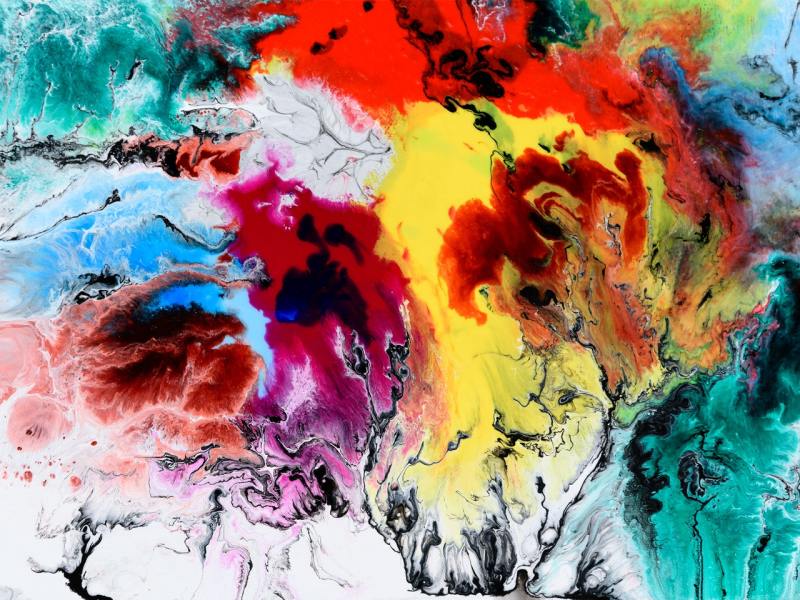This story is as much mine as it is yours; the story of the chosen; rose golden.
We entered Stanford disoriented, chasing truth — what is that one particular thing we were born to do? Everyone else had one. We always had some kind of an affinity for technology, but we were no programmers. We had yet to intern for Intel, design for Duolingo or abstract an Android app. Still, tech was our best bet; it’s what we knew best. It wasn’t easy, but we strove to emulate the noble words of our Stancestors: “All it takes is hard work!”
After that, we evacuated tears. Desecrated personal goals. Mangled expectations. Crushed ourselves against deadlines our friends met easily. We contemplated that we lacked the intellectual capabilities required for college-level computer science. Why wasn’t this as easy as it was supposed to be? Unbeknownst to us, we had set ourselves up to fail by comparing ourselves so intimately to others. Every step along our intellectual journey had been marred by sad, sad comparisons to the abounding skills and experiences possessed by our untouchable acquaintances, classmates and friends.
All of this changed after Art. We made a few strange decisions in sequence: changing our intended major from Computer Science to Symbolic Systems; ranking high and ultimately moving into Kimball Hall, the arts-themed and transfer student dorm; enrolling in Art History 1B with well-known lecturer Alexander Nemerov. These all became instrumental in our self-development.
Switching our intended major before our initial decision had even made its way to official documents felt simple, but we now grappled with taking a burst of humanities classes that would perpetuate the pallor of our already weak computer science skills.
Living in Kimball Hall normalized our exposure to some niches that lived their lives in magnitudes of difference from us; fearless singers, bold painters, intimate writers, extemporaneous actors. Leaders, dreamers, creators. In being immersed with this crowd, we were forced to confront and contemplate their respective perspectives on life. They created from their hearts, from their souls, their guts. In this world where finally we could value introspection, the superfluousness of comparing our unique talents to others’ became obvious.
Now living in Kimball, we sat down for Art History with professor Nemerov. On a superficial level, he looked like a “chill dude.” We had heard a wealth of good things about his skills as a lecturer, and thus we solidified our expectation: we were to be entertained. Instead, we were transformed. Art made up just the smallest portion of our working brain energy until this moment, when we became transfixed by the words Nemerov said and the ways in which he said them.
Nemerov spoke to us in our floor seat from his pedestal on the stage of Cubberley Auditorium, blasting puzzle pieces of knowledge at us. Jigsaw pieces that served not merely to inform us the factual stories behind phenomenal religious imagery and works of art, but also to acquaint ourselves with the thought processes of the greats. We realized that the greatest of the great didn’t let comparisons to others impede them from attaining their sacred personal goals, they simply believed in their thoughts, feelings and abilities of expression. From this, we found our confidence of self-expression and liberated our potential. With this realization came another, that the puzzle pieces Nemerov gave so freely were there for us to piece together our own masterpiece.
We have done amazing things in our lifetime, but the masterpiece has yet to come. In the past, mindlessly following the direction of the career expectations set for us by others and ourselves, we probably would have idly expected the arrival of this masterpiece. Now, we choose to forge it.
I confidently believe, “All it takes is real belief in yourself as a person and hard work.”
Contact Coco Hergenroeder at codyhergenroeder ‘at’ stanford.edu.
